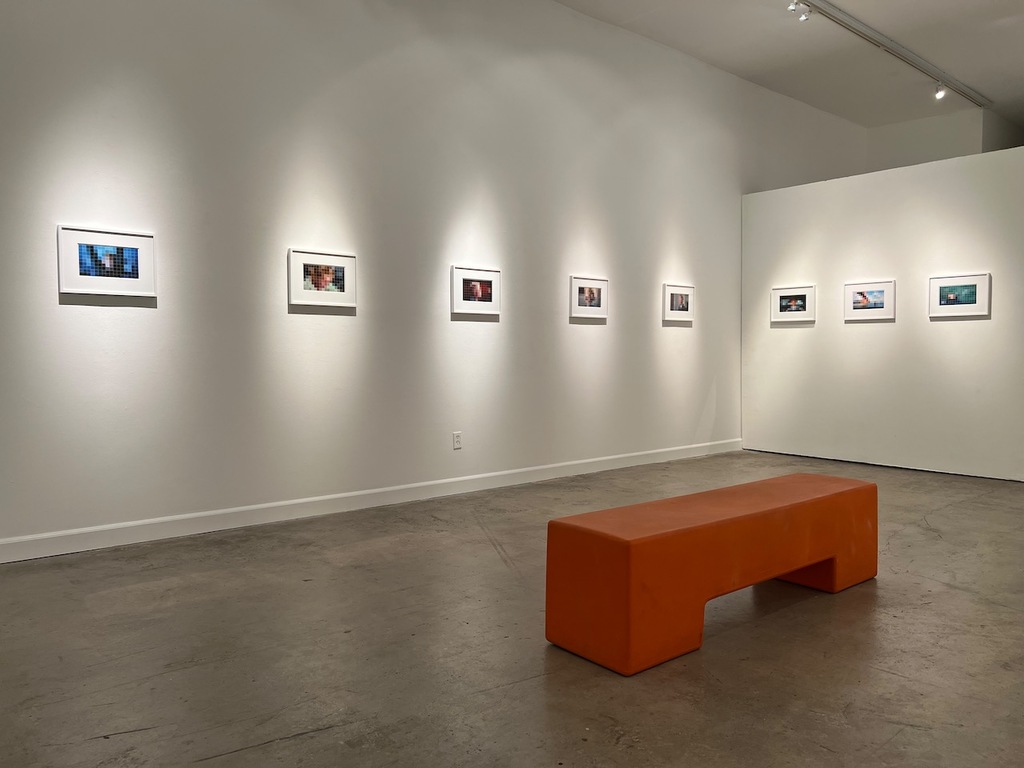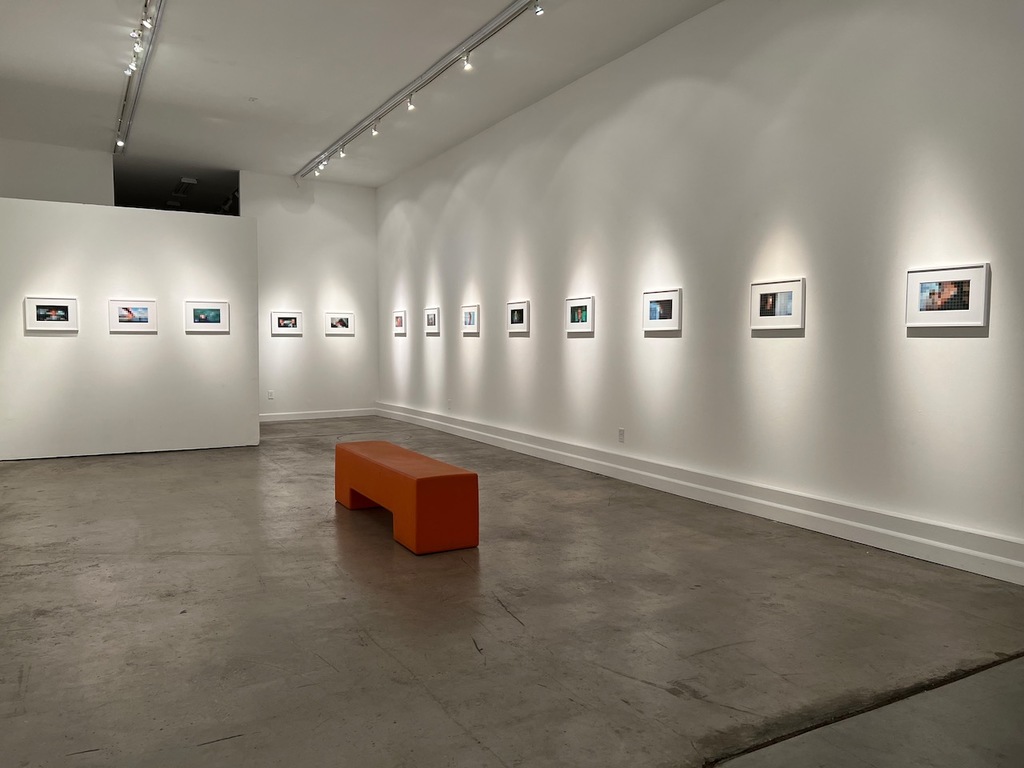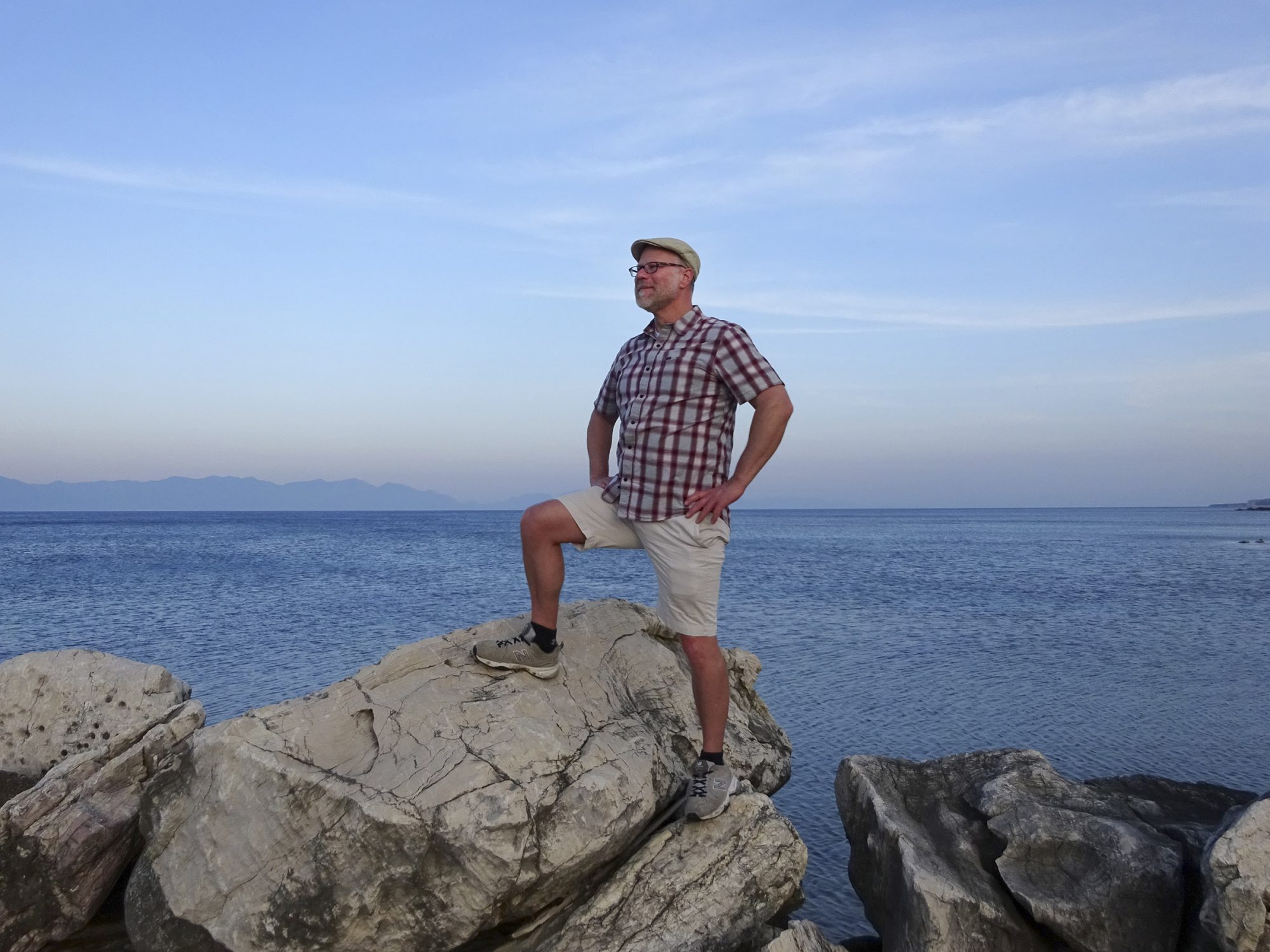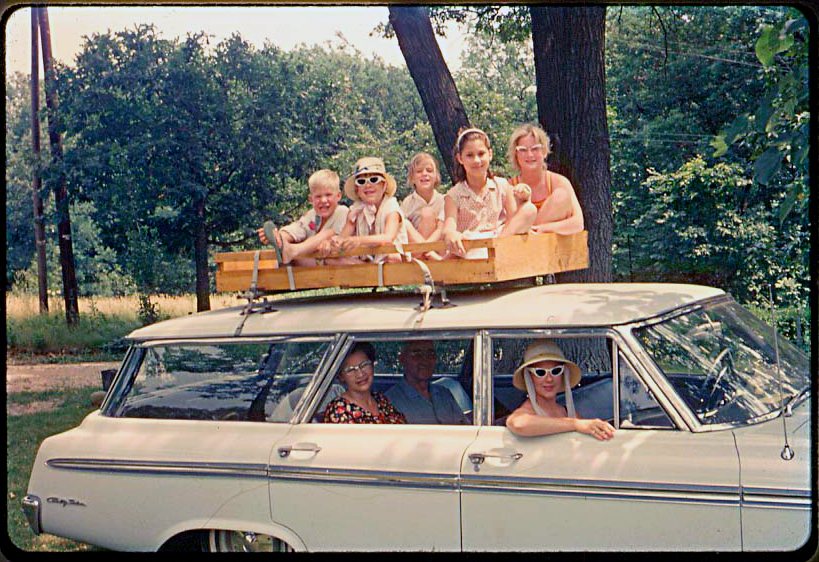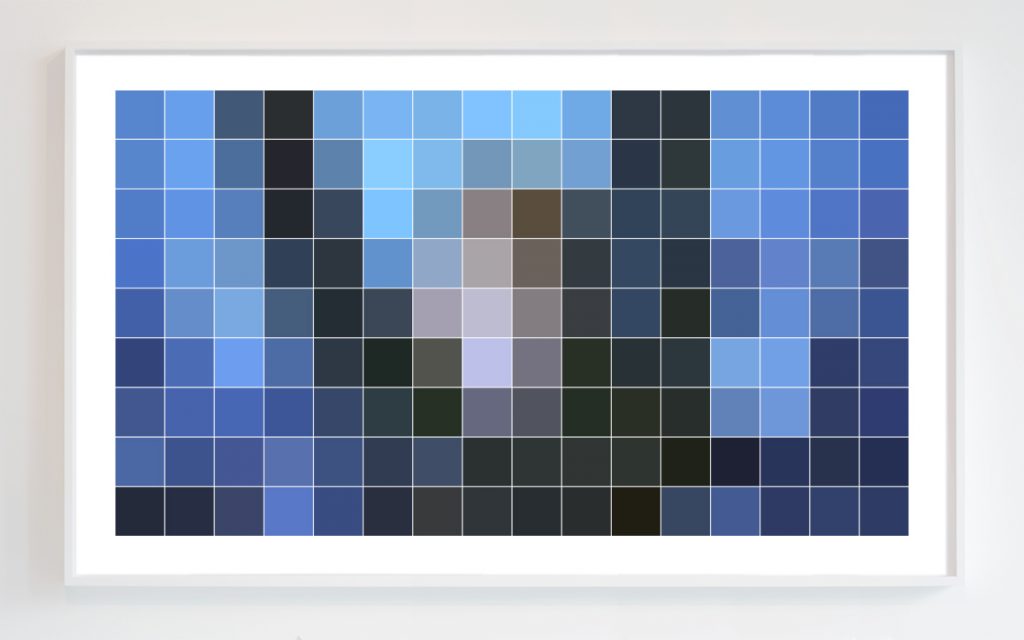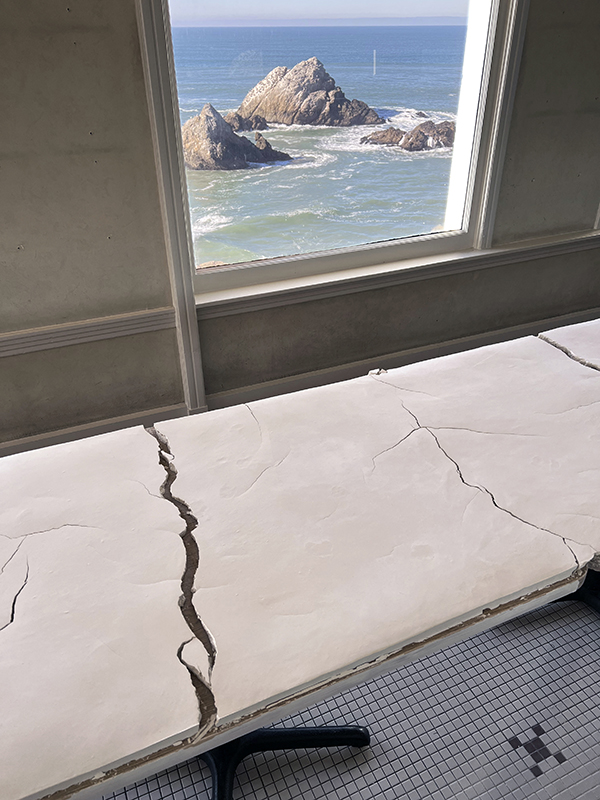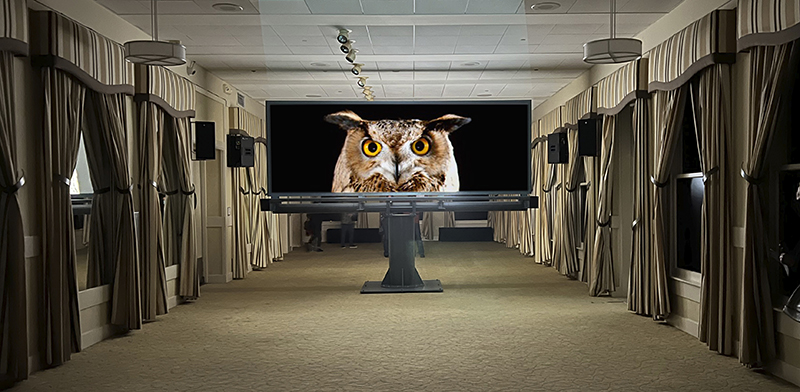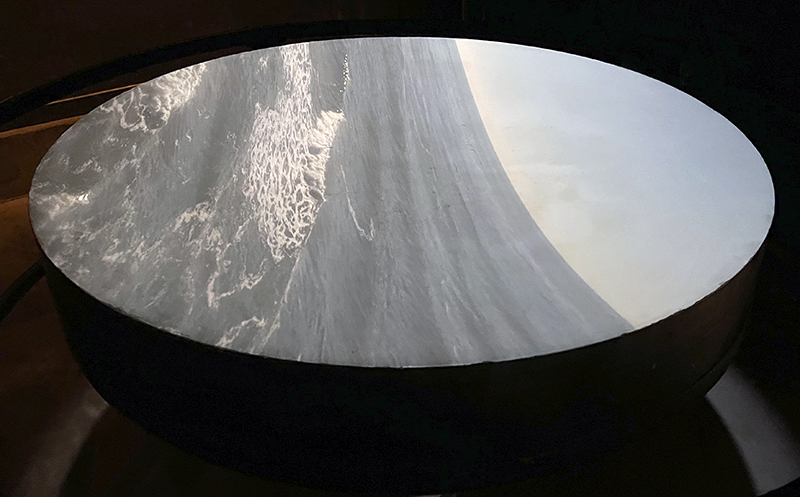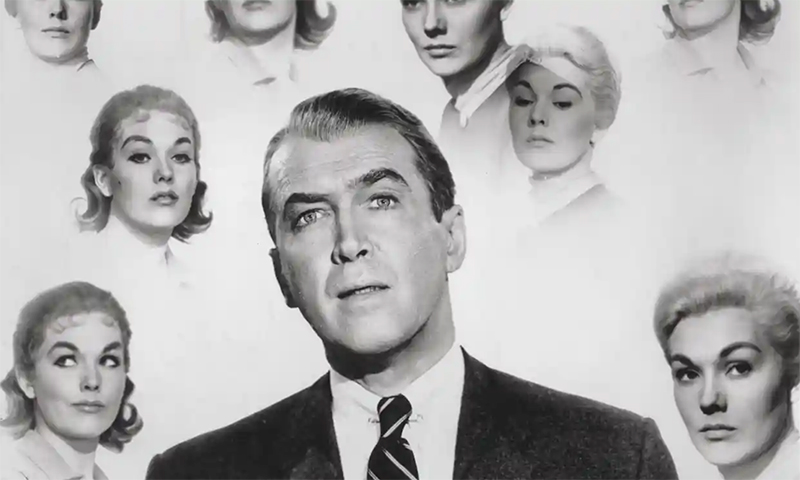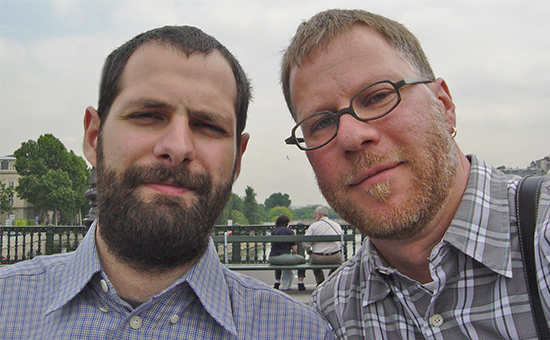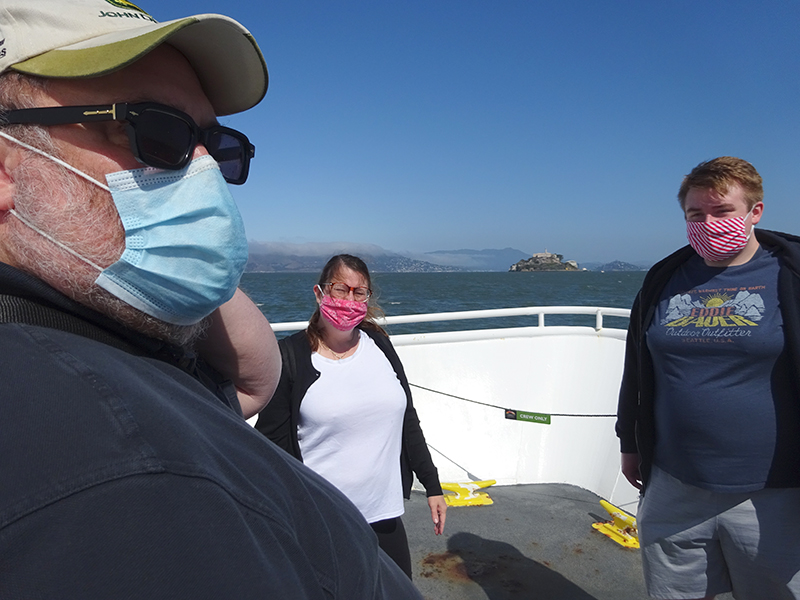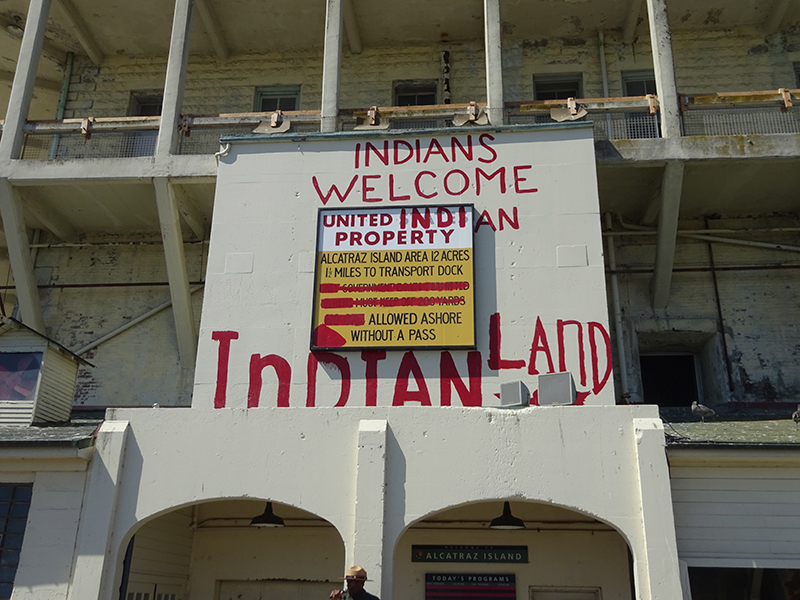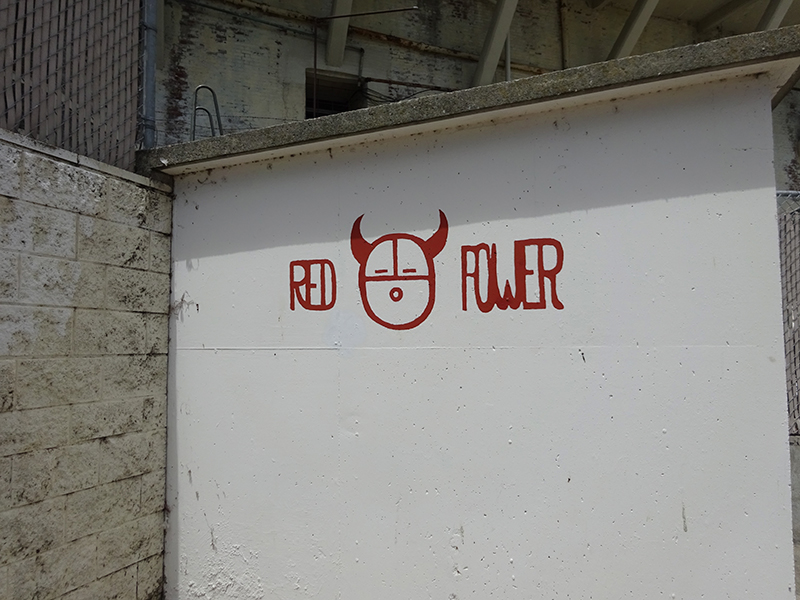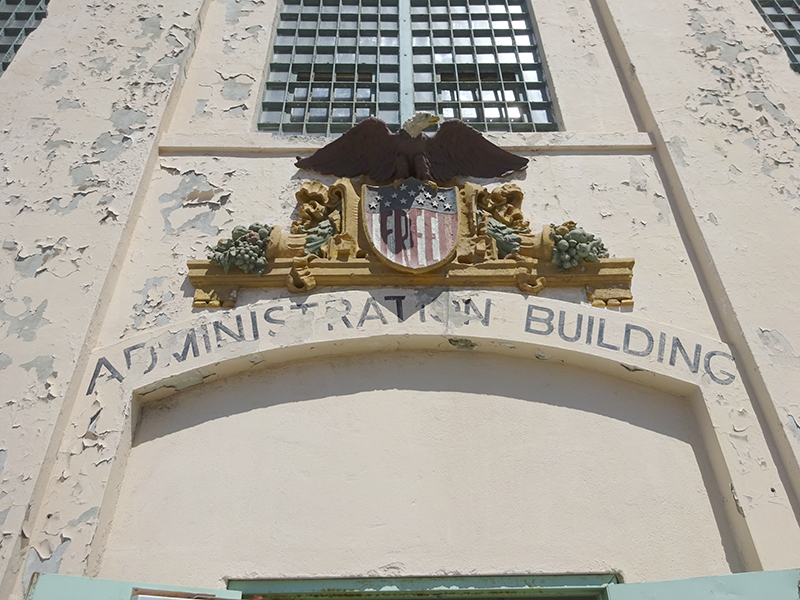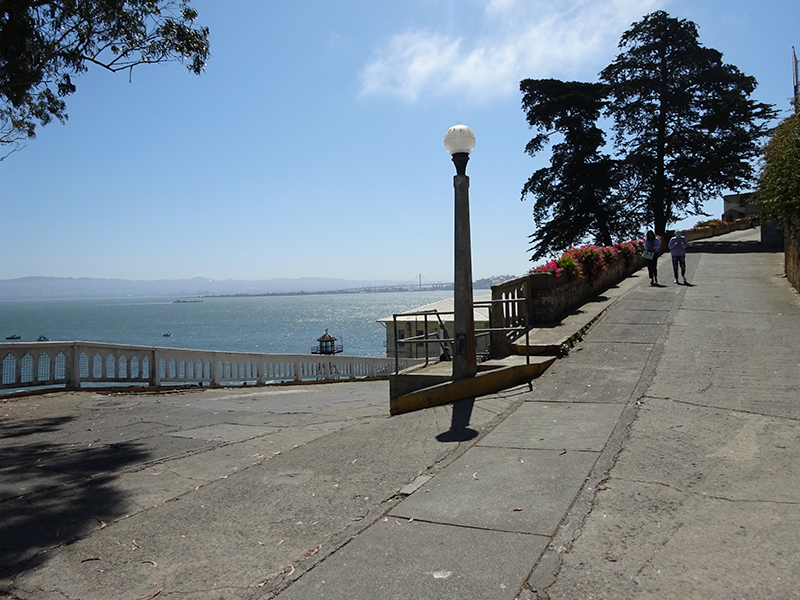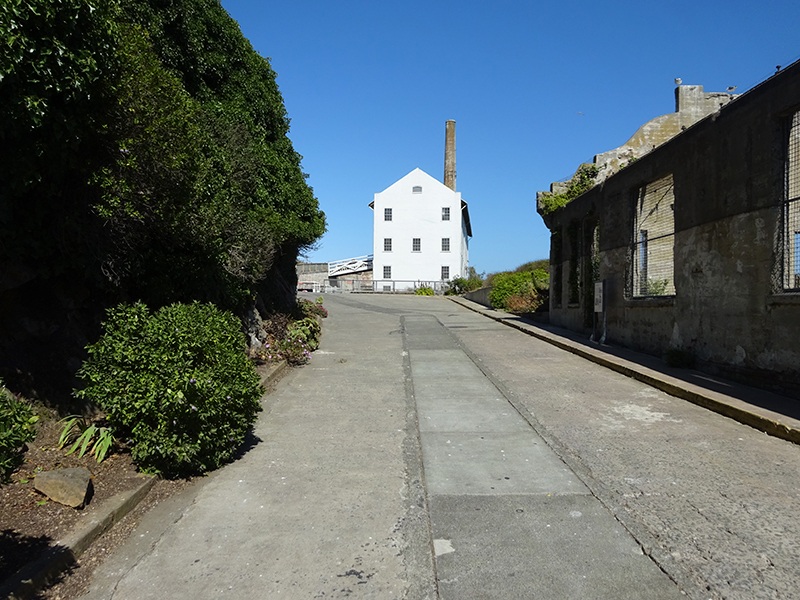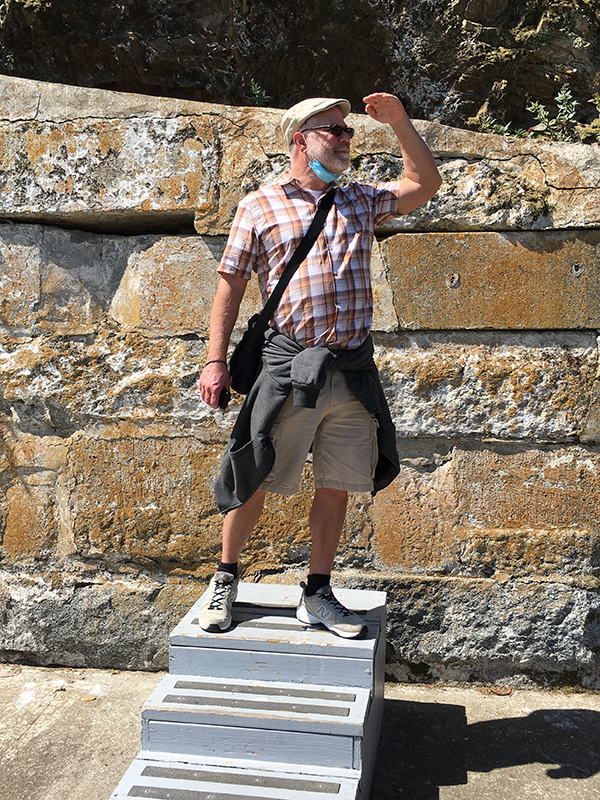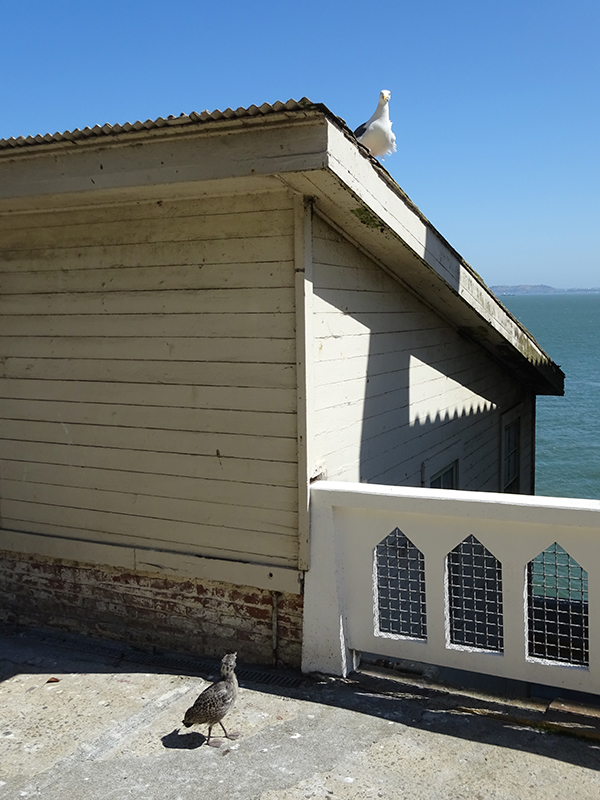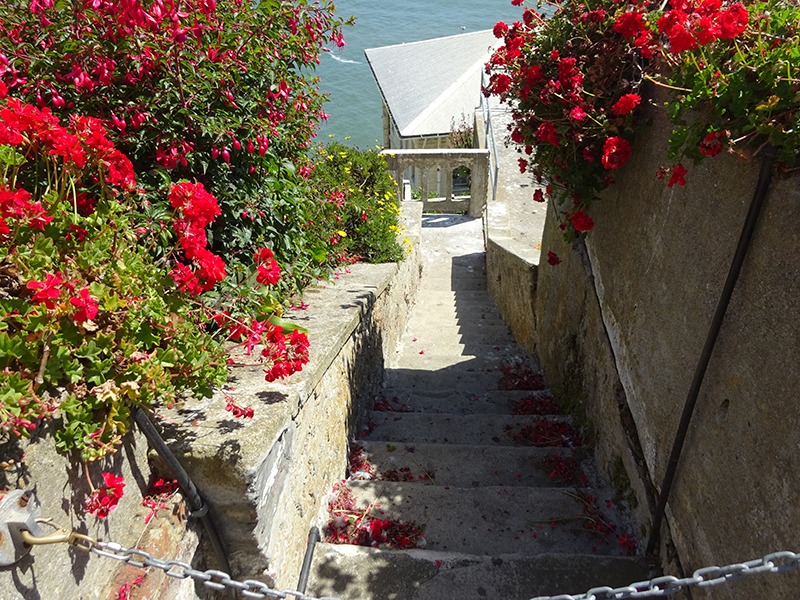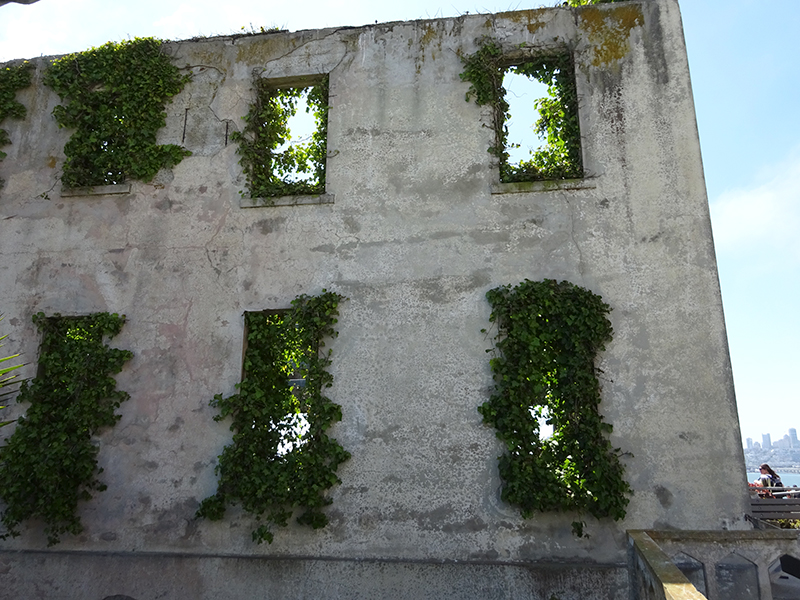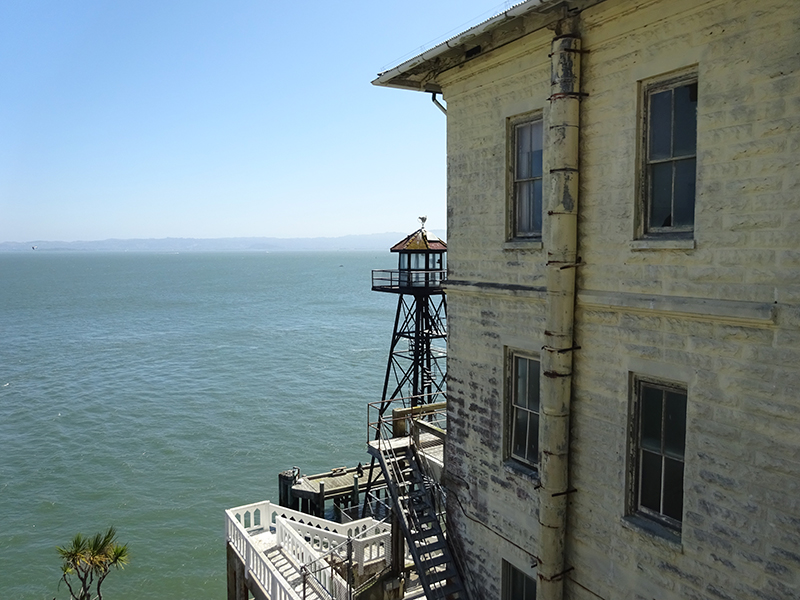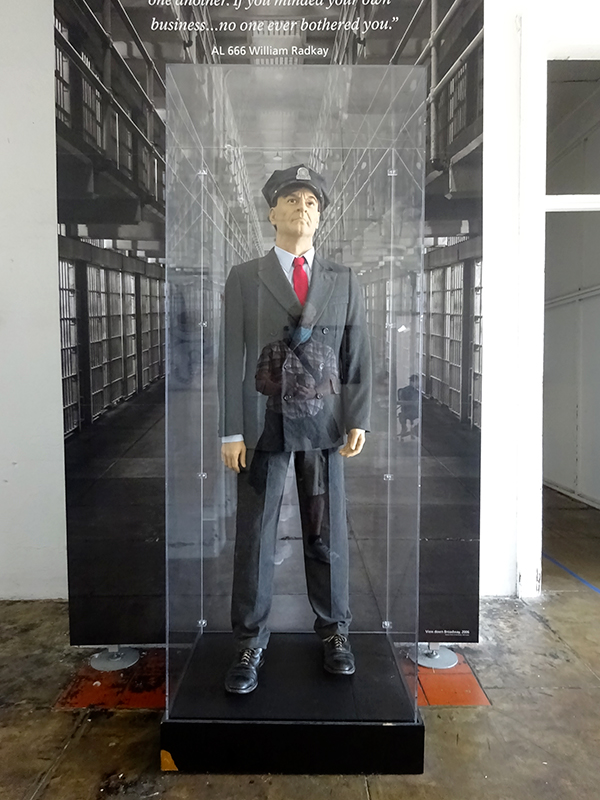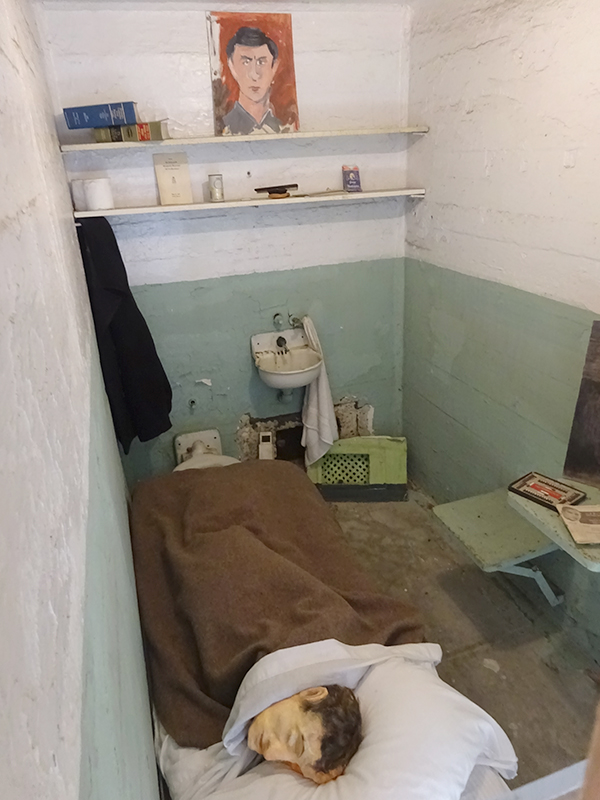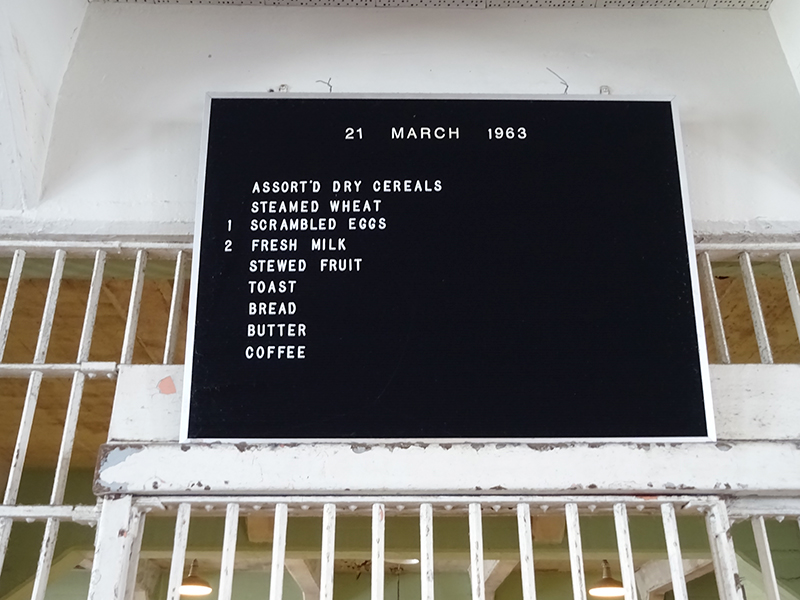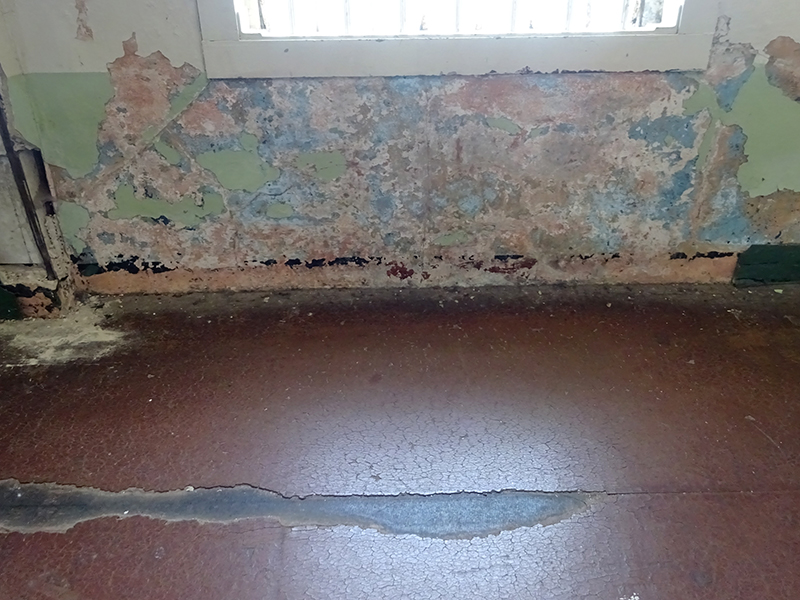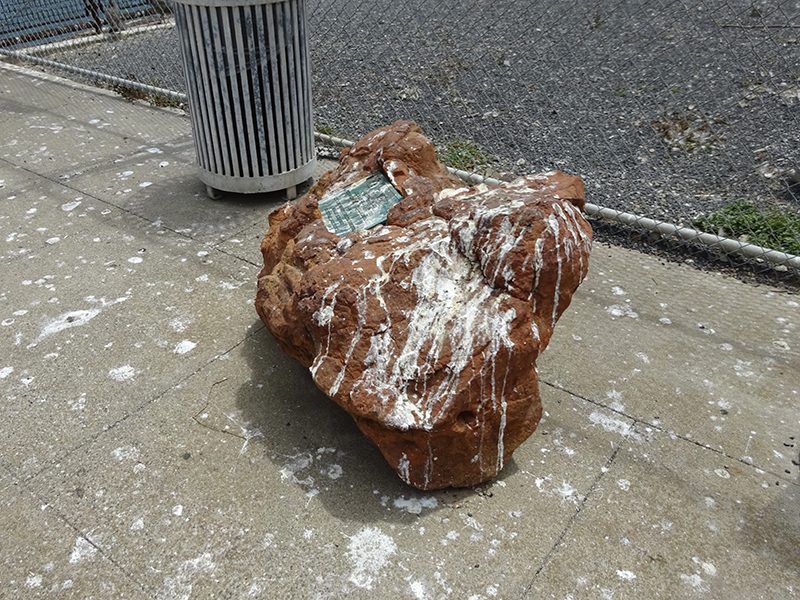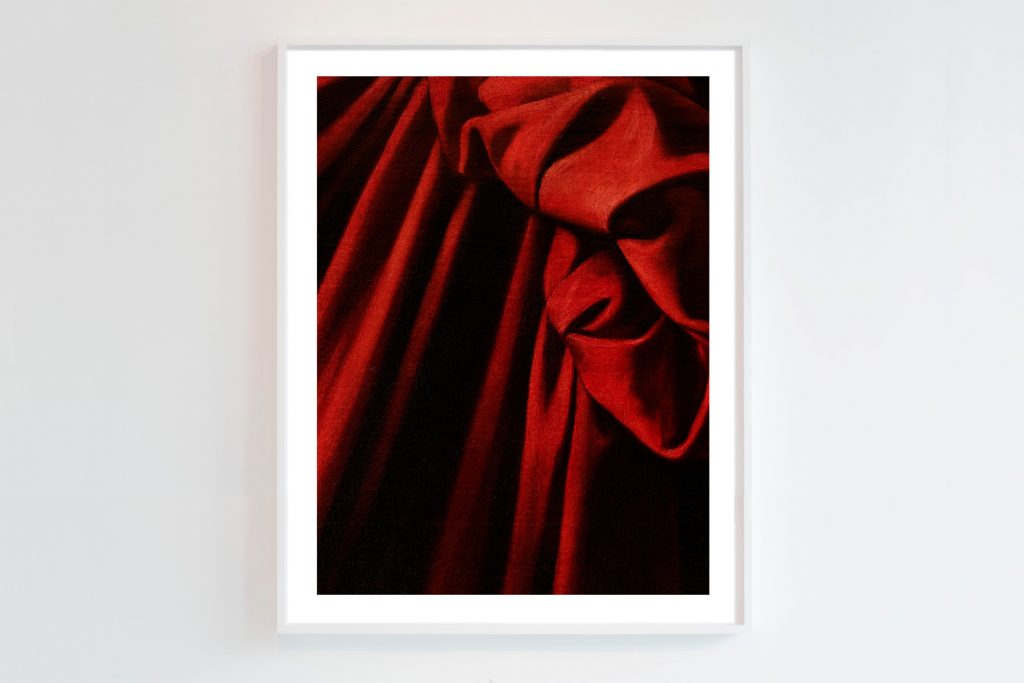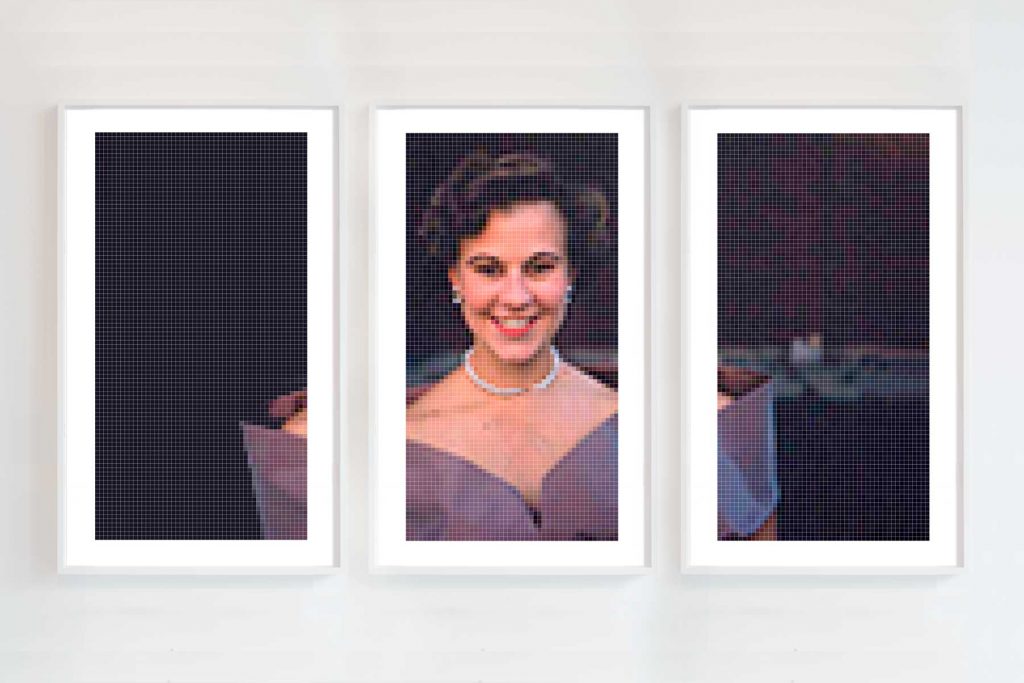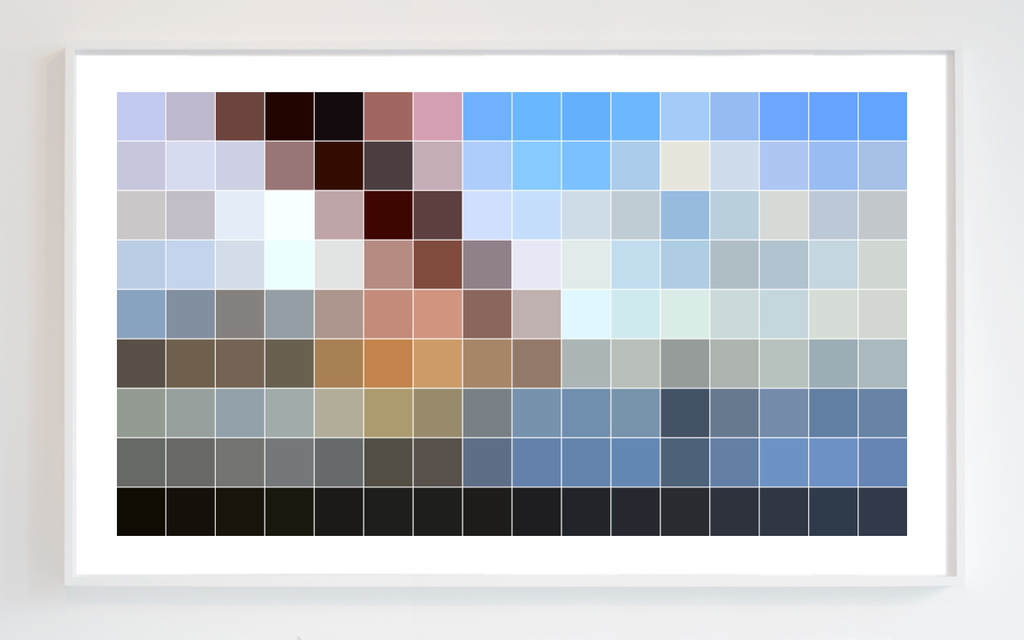
My recent exhibition 16:9 at Mercury 20 Gallery in Oakland featured 18 untitled pixelated images, selected from a series of 24 (the total series published in the hardback catalog to the exhibition, available for purchase at www.chriskomater.com/catalogs). I provided no other information or guidance. I wanted my viewers to see whatever they wanted, to have an unmitigated visual experience. “What do you see?” I’d ask. They’d speculate half-heartedly, and then immediately ask, “Am I right? What am I really seeing?” I’d reply again with the question, “Well, what do you see?” My viewers became progressively more and more annoyed with me, like I was keeping meaning from them. While I do admit to being guided by some conscious exasperation with my audience’s general lack of engagement over the years, and perhaps even a mild feeling of contempt, I wanted this project not to be about me, but about the viewer. If they didn’t see anything, tough cookies, it’s not my fault that they have no imagination. But, as so many ended up just being frustrated, I’d like to tell you about the source imagery and what some of these images mean to me.
Like all of the images in the series, the source image for the photo above is taken from the film, “Vertigo.” Specifically, it’s of Madeleine (Kim Novack) standing by the San Francisco Bay’s edge at Fort Point under the Golden Gate Bridge, moments before attempting suicide by plunging into the icy depths.
Scotty (Jimmy Stewart) suffers from vertigo, and has been hired by an old friend, Gavin Elster, to follow his wife, Madeleine, around San Francisco. Gavin’s afraid that his wife may kill herself. She’s become obsessed with an ancestor, Carlotta Valdez, who killed herself when she was Madeleine’s age, and whose portrait hangs in the Legion of Honor, “Portrait of Carlotta,” which she visits in her wanderings. Madeleine, as we find out later, is actually a tawdry redhead named Judy who is hired by Gavin to pretend to be his wife, so that he could later take advantage of Scotty’s fear of heights in order to kill his actual wife. As Scotty follows Madeleine around San Francisco, he begins to develop feelings for her as he pieces together her story—or rather, the story that he’s been led to believe.
The moment captured in this image is the moment between Scotty’s growing fascination with Madeleine—as an observer—and his direct contact with her, when he breaks the boundary between the observer and the observed. He becomes her rescuer, jumping in the Bay after her, and the two eventually make love, further complicating what their relationship was supposed to have been, planned of course by Gavin Elster, and what it becomes.
Much later, after he sees—or thinks he sees—Madeleine fall to her death from the tower at the Mission San Juan Bautista, and, following a nervous breakdown, he wanders the same streets, grief-stricken. He eventually bumps into Judy, the actual woman who disguised herself as Madeleine, and follows her to her apartment. Despite her protestations, he pushes until she gives in to him. He attempts to transform her into the form of his dead lover by buying her the same clothes as Madeleine and bleaching her hair the same color—an attempted illusion complicated by the fact that the illusion is actually the real thing… which was an illusion in the first place!
The still captures that wonderful moment before possibility and longing and desire and illusion give way to actual experience. The themes of reality and obsession in the film, of deception, duplicity, of characters seeing what they want to see or what they’re led to believe, are themes that reflect what I wanted to do with my 16:9 project. Do we see what we want to see, or do we see only what people tell us to see? Remember Plato’s cave allegory? Prisoners in a cave are chained to a wall and see only shadows cast on the wall, which they take as reality, but which are only representations of the real world. The allegory deals with how we perceive reality and whether there are higher truths.
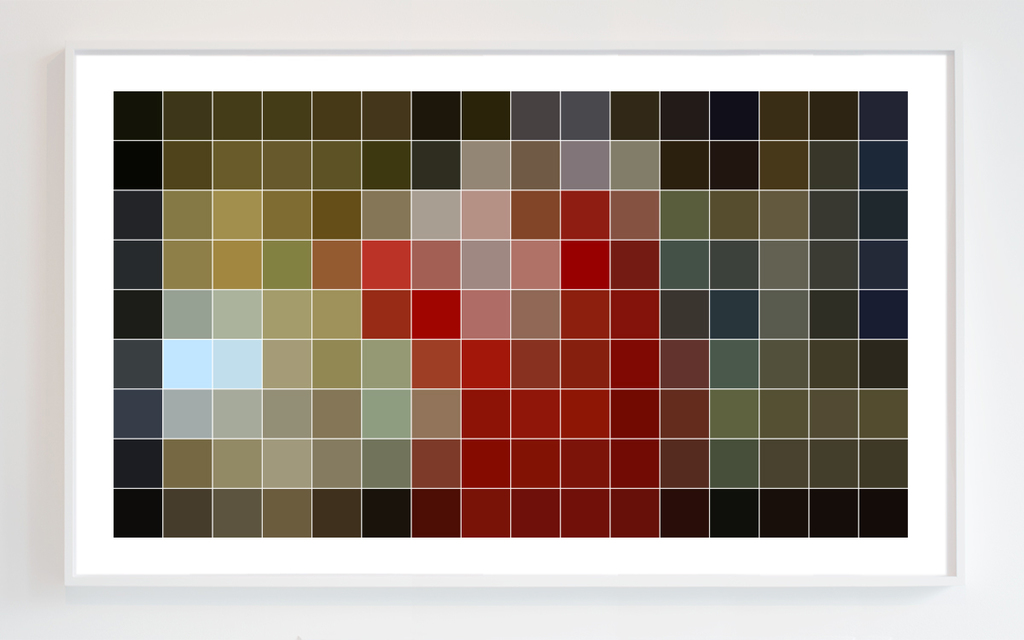
The source image for this pixelated work from the series is of Midge (Barbara bel Geddes), in a red sweater with her hands up in the air, grabbing the back of her head and exclaiming “Marjorie Wood… stupid! stupid! stupid!” It’s the only time you hear the character’s full name, the name I gave to my online gallery, Marjorie Wood Gallery, which I ran in the early aughts.
Just prior to the moment captured in this still, Scotty tells Midge of being hired by Elster to follow his wife. Midge, a graphic artist living on Russian Hill (where I went to college), sensing that Scotty has become obsessed with Madeleine, and more than a little jealous, paints a portrait of herself as Carlotta Valdez, in a bid for his attention. When he sees the painting, he gets upset and leaves the apartment, and here we see Midge in the scene that the still is from. After the raised-hands-stupid-stupid bit, you get only a glance at the painting that she’s made. From a vantage point behind the canvas, we see her in front of the painting as the scene ends and she makes 2 strokes with her brush, one to the left, and one to the right, as if painting a mustache on her portrait. We don’t see the mustache, we just see Midge’s gesture. I think of Marcel Duchamp painting a mustache on the Mona Lisa and signing it as that of his female counterpart, Rrose Sélavy.
The still captures an excruciatingly painful moment for Midge, who has tried and failed to express through her art what she can’t with words. My best friend Chris, my former lover, and I, who know way too much about this film and each other, have argued for years about which of us is Midge, and which is Scotty, each seeing what we want in her character.
There’s just so much of me in that film, so much that has driven and fed my art over the years. My project is an homage of sorts. Each still has tremendous personal meaning and significance, but only to me. I’ve resisted telling people about the source images because I wanted the work to be about them, about what they think they see, and not what I’m telling them they’re supposed to be seeing. There are no “higher truths” in the work, only my relation to shadows cast on the silver screen, and the hope that my viewer may make something interesting of the pixels that I’ve arranged for them to ponder.
But am I channeling Hitchcock, the director, my co-creator of these images, or am I channeling Gavin Elster, taking advantage of my viewer’s vulnerabilities and imagination? Am I showing you a shadow of reality, or reality itself?
